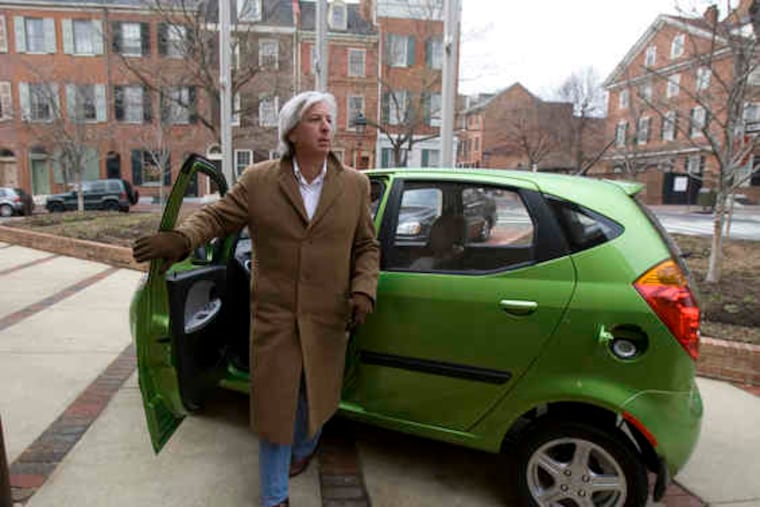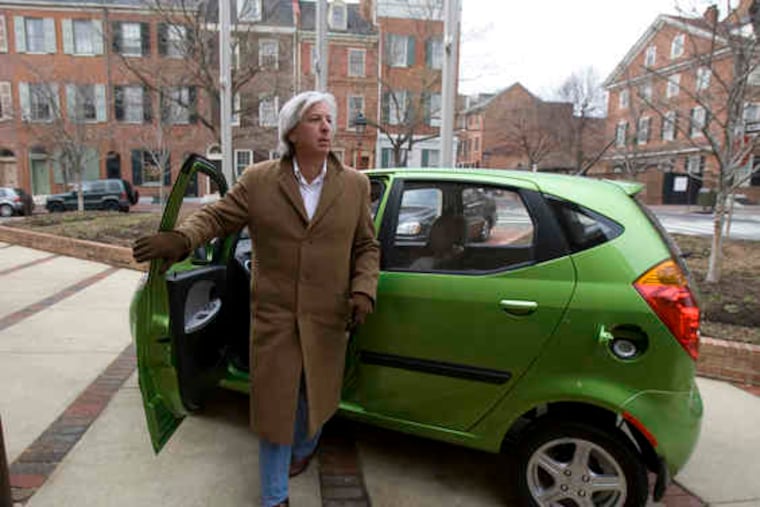The Dream of U.S. Electric Car Manufacturing
Barry Bernsten, a steel trader and international steel-mill builder from Society Hill, had a vision to assemble electric cars in U.S. factories at an affordable price of $16,000. Despite his efforts, Bernsten’s company, BG Automotive, launched in 2008, struggled to secure funding during the Great Recession.

Bernsten’s plan involved using a China-built Chery frame reinforced to U.S. crash standards, a U.S.-built motor, and batteries from East Penn Manufacturing in Berks County. He believed his car could meet the needs of average suburban drivers, offering 75-80 miles on a charge, which was sufficient for daily commutes.
Challenges in Securing Funding
Despite approaching multiple states with his proposal, Bernsten found it difficult to secure the necessary millions of dollars for engineering studies. States like Delaware, Connecticut, Massachusetts, and Nevada showed interest but ultimately couldn’t commit the required funds.
The real problem, Bernsten now admits, was his unwillingness to give up his steel business and devote himself full-time to fundraising.
The Current State of U.S. Manufacturing
Other countries have successfully embraced the model of affordable electric vehicles. India has electric Tatas, and factories in Eastern Europe produce roadworthy electrics. China exports electric BYD cars to numerous countries.
In contrast, the U.S. has seen GM shut down its Volt and Bolt lines, with Ford focusing on electric trucks and sports cars. The Trump administration’s new tariffs on China might change this landscape by encouraging investment in U.S. manufacturing.
Implications of Trump Tariffs
While Bernsten’s plan to use China-built car bodies may be challenging due to the new tariffs, he notes that many overseas companies are now interested in building in the U.S. However, recruiting American workers for factory jobs could be difficult with current record-low unemployment rates.
Conclusion
The Trump administration’s efforts to reindustrialize the U.S. might provide opportunities for visionaries like Bernsten to attract investors. However, challenges such as sourcing parts, raising capital, and finding labor remain significant hurdles.



